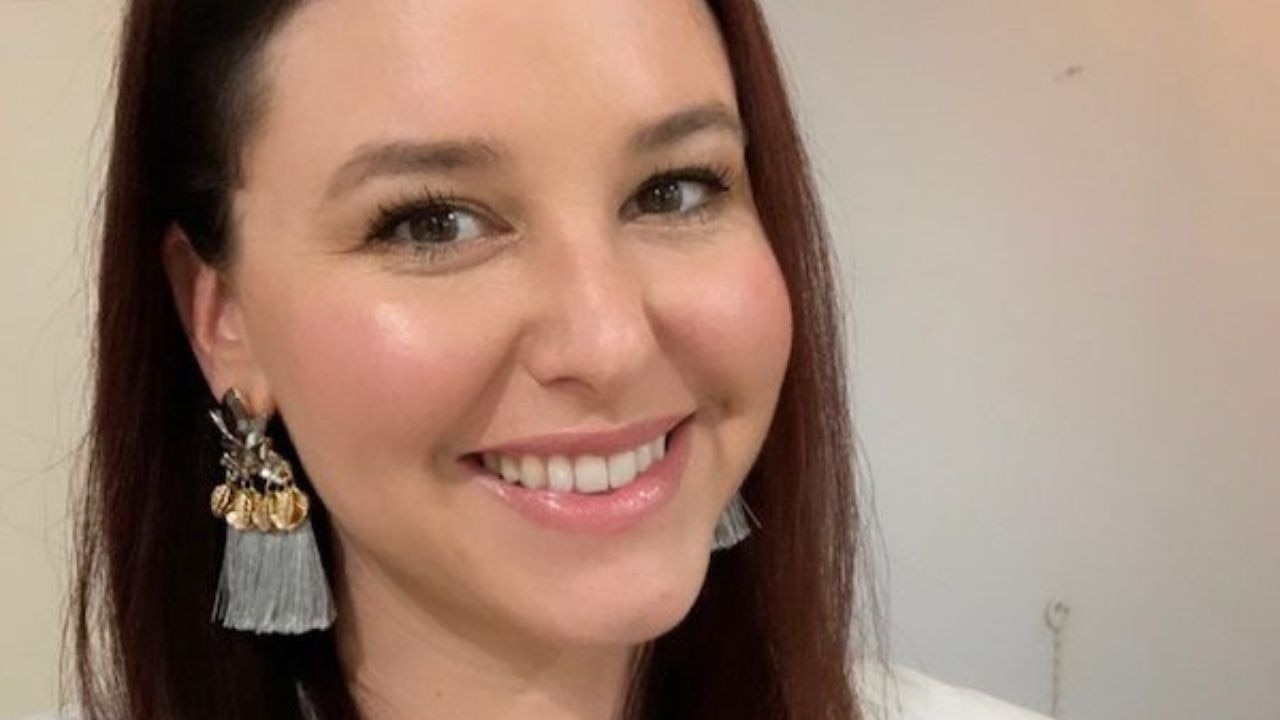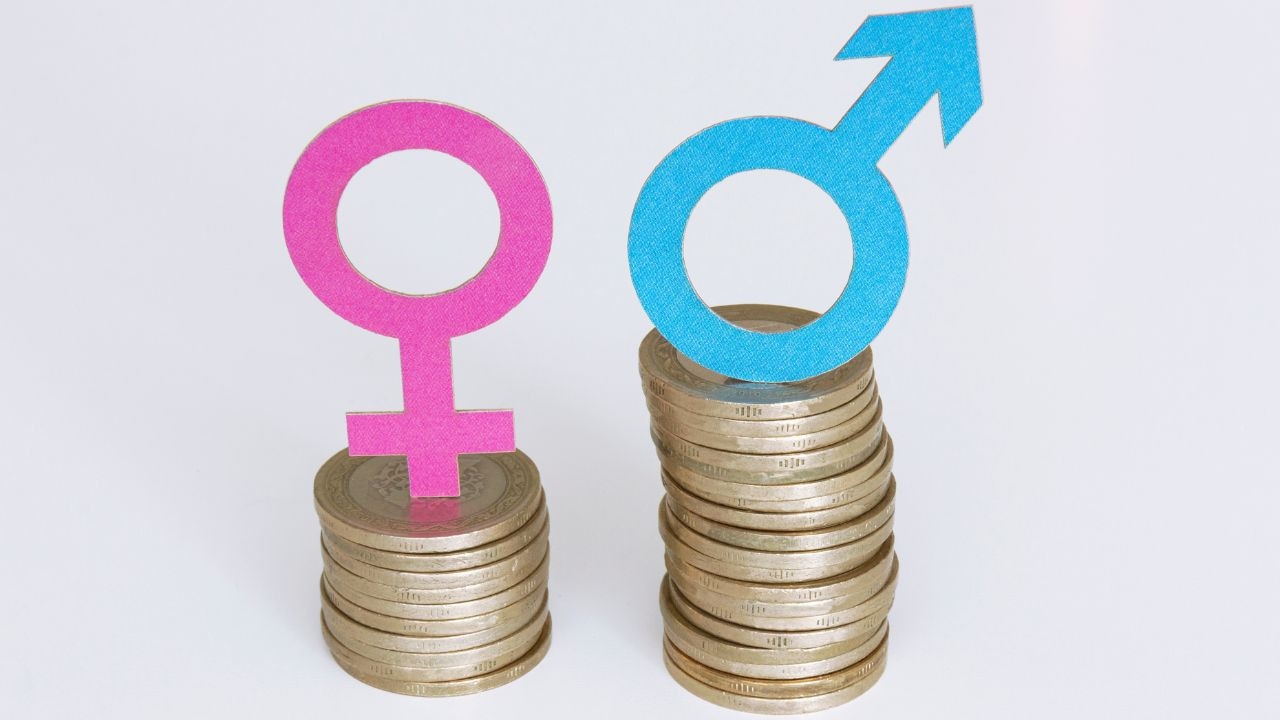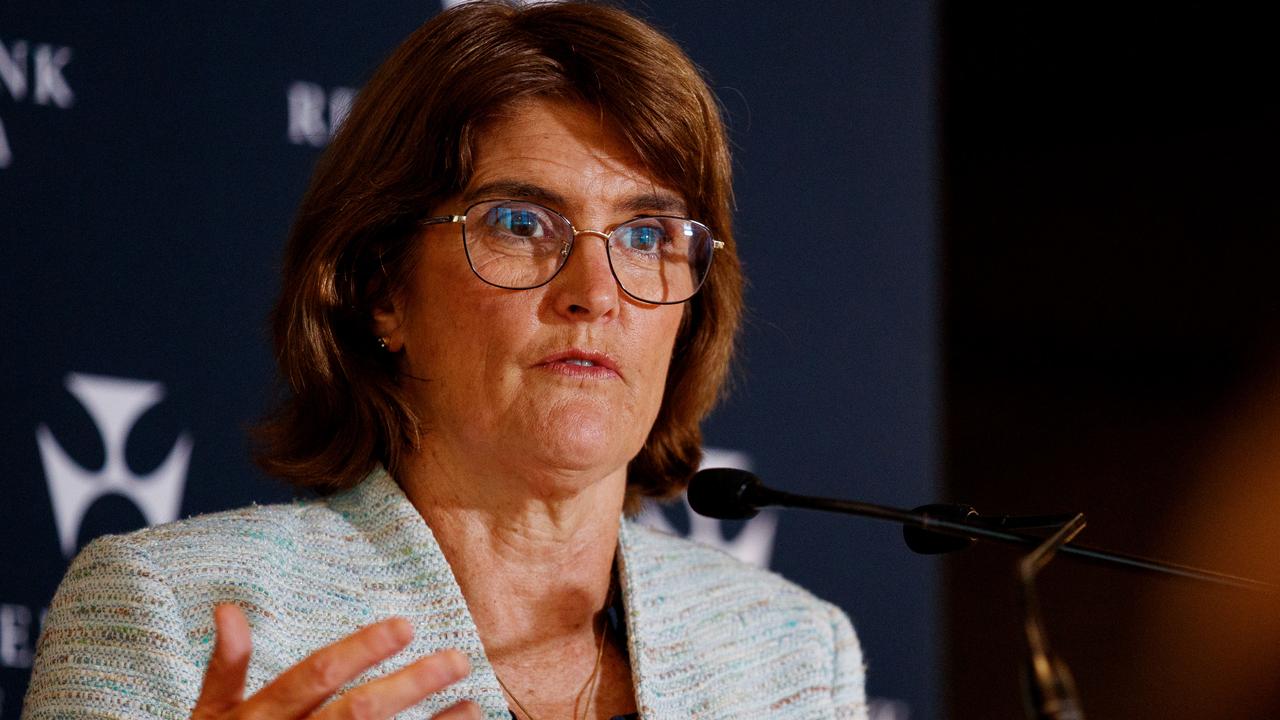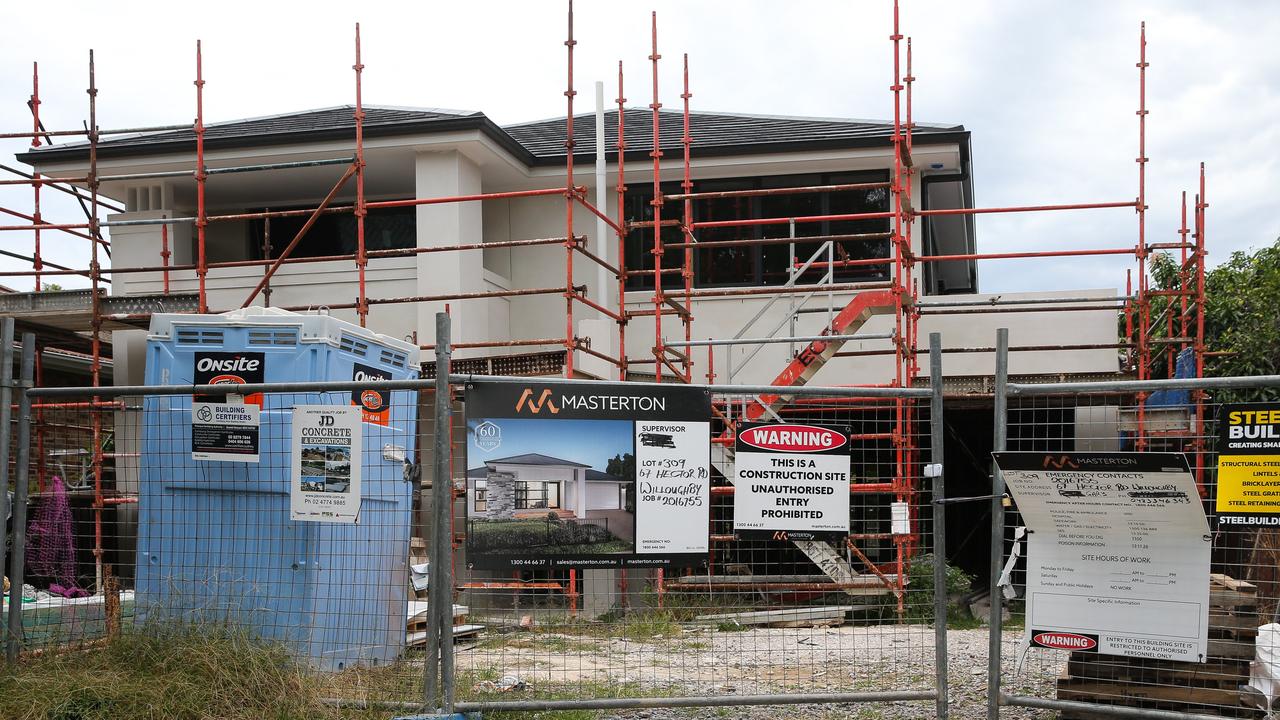This is how much the average Aussie has in savings
The average amount an Aussie has in their savings account has been revealed, with one group of Australians having a huge amount.

New research has revealed that, on average, Australians have just under $40,000 in their savings account — but there are huge discrepancies based on age and gender.
According to the research from Finder, the average person has $39,439 in savings as of August.
It’s a 75 per cent increase in just six months – the average back in March was $22,565. It’s also at an all-time high since Finder started tracking savings back in May 2019.
Sarah Megginson, money expert at Finder, said the economic downturn is behind a rise in people holding onto their cash.
“Australians are drastically increasing how much cash they have stashed to offset the spiralling cost of living,” she said.
“Consumers are concerned that high levels of inflation and increasing interest rates will leave them vulnerable and where possible, they’re stockpiling cash to weather the storm.”
Saving for a house deposit? Compare Money's guide on saving in a time of inflation may help >
Gender inequality
But when broken down by age and gender, that overall average changes drastically.
While the average Australian man has $52,786 in their savings account right now, the average woman sits at around half that figure – $26,132.
The difference in saving is even larger among Millennials, with men having 68 per cent more in savings than women. Gen X has the second largest gap with men earning 62 per cent more, and Gen Z has a difference of 53 per cent.
It is likely the gender pay gap is contributing to that huge disparity, with research released last month by KPMG, Diversity Council Australia (DCA), and the Workplace Gender Equality Agency (WGEA) finding Australia’s pay gap is estimated at $966 million per week or $51.8 billion per year.
And, while the ABS recently reported that the average full-time Australian salary was $90,917 a year, for men that average became $96,018 and for women it sat at $82,742.
Ms Megginson reiterates that the underlying issue isn’t that “women are not as talented or as interested in money as men”, but that it’s a cultural problem that starts in childhood.
“There’s a few things at play here, starting with the fact that women and girls are not as exposed to discussions around money and finances,” she said. “This is a recurring theme at all stages of life – starting when they’re kids.

“Finder data shows that boys receive more pocket money ($10.30) on average than girls ($9.30). This is a weekly difference of $1 per week, or $52 per year, between the genders.
“So this is something that is deeply rooted in traditional gender roles and the expectations that come with those roles.”
That disparity only gets worse once people enter the workforce, where access to financial education and therefore a lack of confidence with money continues, not to mention pay inequality and maternity leave.
“These things are compounded by the fact women are more likely to work in care industries, where the average wages are lower,” Ms Megginson said.
“Studies have shown that men are more likely to talk openly with each other about money and have ongoing group chats about their investments, their salary negotiations, their crypto investments, etc.
“Bottom line: The more we can educate and inspire women to actively participate in their finances and become empowered to make decisions about their financial future, the better.”
Breaking it down by generation
In a well-documented struggle for low-income earners – who tend to be from younger generations on the start of their career journey – households earning more than $100,000 per year have around three times as much money saved as households earning less than $50,000.

Not surprisingly, on average Baby Boomers have the most savings, sitting at $76,785 as of August 2022. Gen X follow then with $40,484. Gen Y are sitting at about half of that with an average of $23,640 in the bank, and Gen Z have just $13,179.
Our cost of living crisis is set to hit everyone hard, but Gen Y and Gen Z are likely to find it the hardest, with little savings to fall back on.
How much do Australians need to earn to feel rich?
More Coverage
Despite these findings, Aussies have quite a different perception of what kind of salary would make them ‘rich’.
According to Finder research, the average person would only consider themselves well off if they were earning a staggering $326,900 per year.
In particular, Gen Z are aiming for a salary of $286,964 per year to feel financially comfortable.





